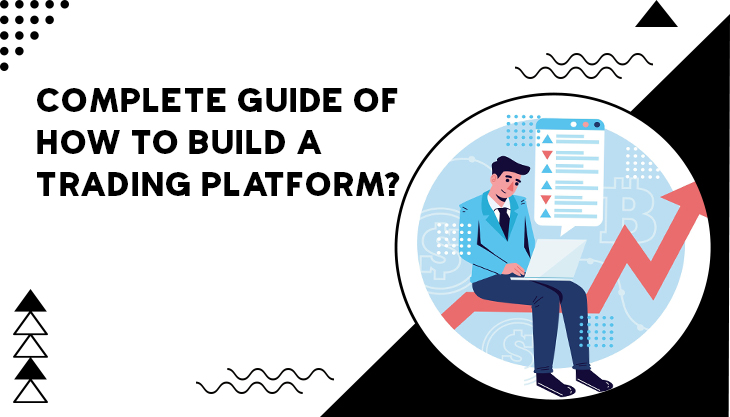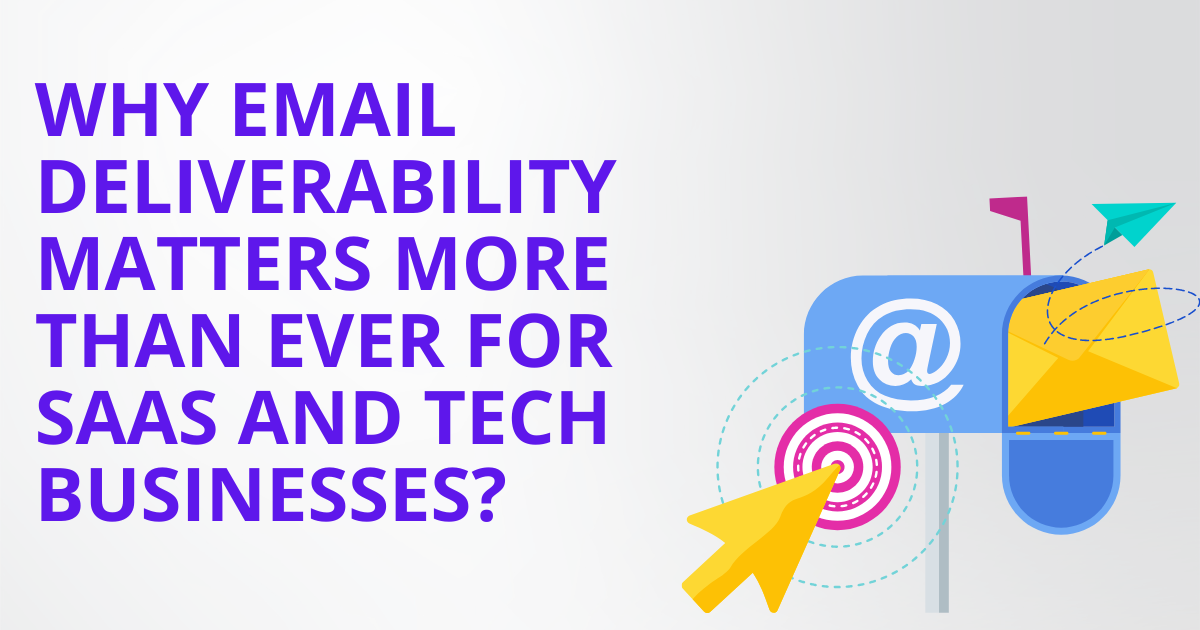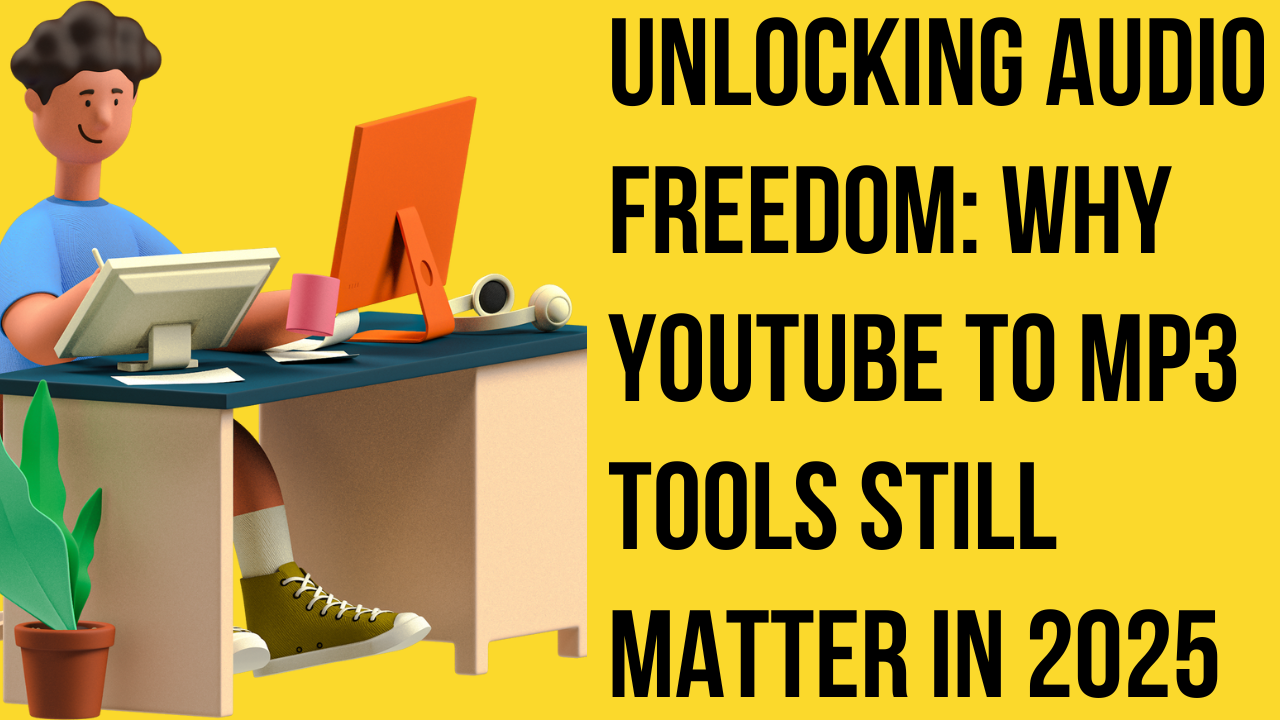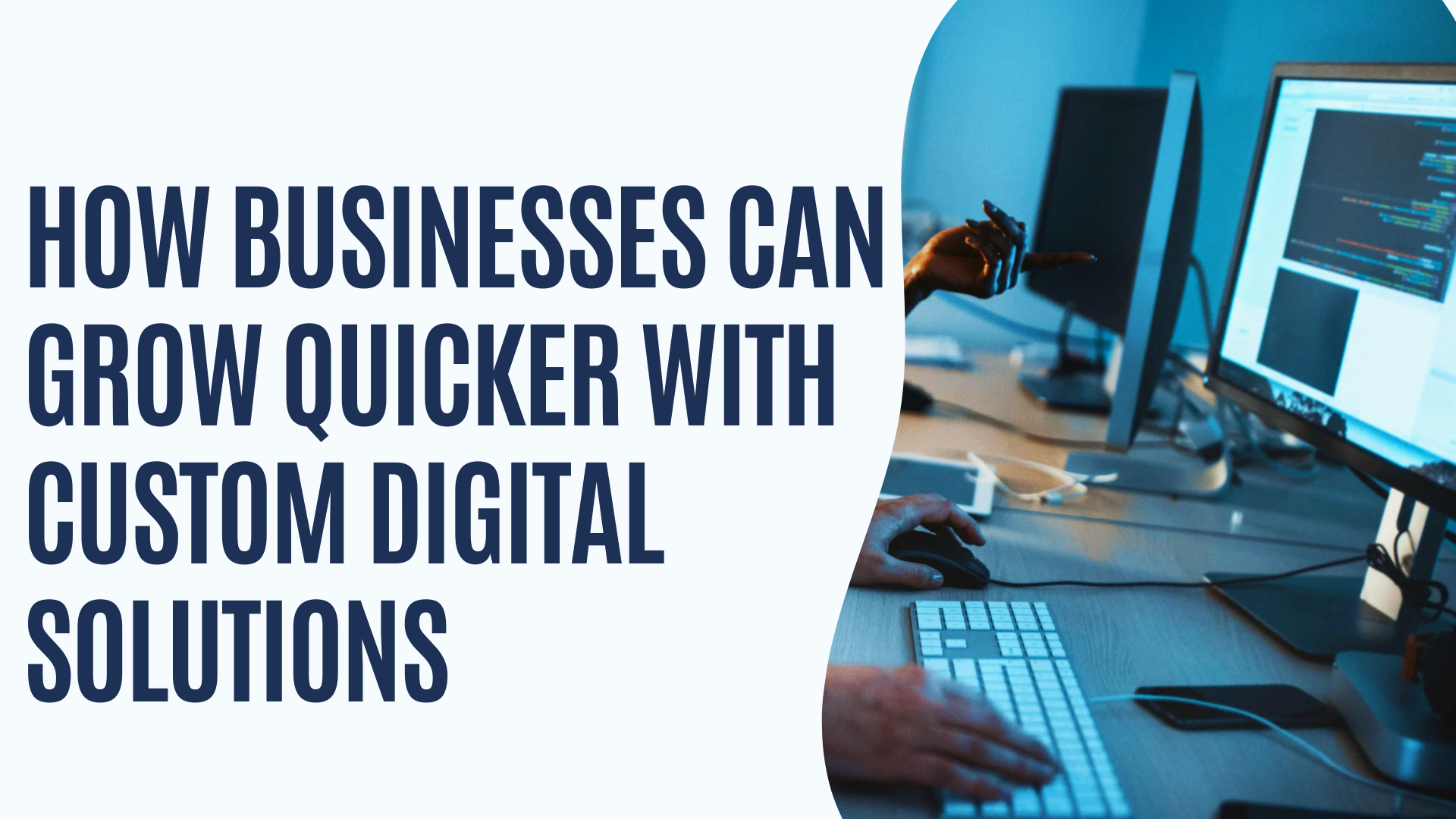Trading speculation is a profession that attracts a lot of people looking for a way to make money. Traders all across the world ask software developers to create a trading platform that can evaluate data on currency pairs effectively and fast. A request from a global trading group was accepted by Inoxoft. We addressed how to establish a stock trading platform in this article, as well as the problems we experienced, how our team functioned, and some tips on how to construct a trading platform.
Software development company designed to make life easier. Smart business people build trade software to help them run their businesses more efficiently. The trading sector is evolving at a rapid rate, resulting in a slew of difficulties that must be handled. We don't need to build from zero to develop trading software; we only need to come up with something new and build a better product faster.
When considering investment options for retirement, it's crucial to explore diverse strategies. For those interested in index funds, you can find valuable insights and recommendations on the best index funds for retirement by visiting Vector Vest.
Many other stock market participants, such as investors and brokers, have already been using the newest advancements in web application integration, such as investor frontends, trading algorithms, and execution engines.
How Does A Trading Platform Originate?
To start using a trading platform, you first need to register with a reliable forex broker that provides user-friendly tools and real-time market access. These brokers offer demo accounts, educational resources, and customizable interfaces to help beginners learn the ropes. Many platforms also support automated trading and advanced charting features for more experienced users. Forex brokers simplify the process, making it easier for traders to enter the markets with confidence and control.
Have you ever pondered over how a trading platform is created or how it functions? Let's start with the fundamentals. Online trading systems are mobile and web programmes that give investors and traders real-time access to quotations, charts, and diagrams for virtual trading. It calculates the bid-ask spread, allows negotiating deals with brokers, and executes transactions, among other things.
Trading platforms are clearly not something that can be completed in a few hours. Different trading platforms require varying amounts of time to develop: from several semesters to a year for those who require advanced tools and wish to perform complex calculations, as well as possessing an all-in-one program with built-in methods and algorithms.
Key Features:
Any trading software design company should contain some key features. It's critical to use these features to get the best outcomes from your trading software platform's effective and efficient operation.
Trading Platform Key Features:
* Authorized profile: The authorization procedure should be very secure and user-friendly, with all information being easily updated and edited.
* Placing Trades: This feature allows users to see and change financial data that has been stored within data.
* Fee and transactions: This function is used to handle and analyze the flow of funds, as well as to provide a transaction report for the customer.
* Updates include: This functionality is used by the user, who can track individuals in legitimate time, filter the output, and keep track of their positions.
* Browse bar: It is simple and time-saving for your consumers to browse for any pertinent data using the search bar.
* Push alerts: A fantastic feature to have on your trading platform is the ability to send push notifications to your consumers.
* Deposit: This function allows users to keep track of their deposits and verify their status without exerting any effort.
* Newsfeed: This is the most important aspect since, as we all know, the stock market is extremely volatile. It is essential for the customer to be aware of all recent updates.
* Sorting and screening systems: This feature aids your user in navigating the stock market online application and producing data in a more efficient and user-friendly manner.
Creating A Trading Software Platform:
* Development: There are 2 kinds of development: frontend and backend. Frontend refers to a database that is visible to users, while backend refers to a database that is not visible to users.
Frontend development encompasses the user interface, structure, behaviour, design, web page creation, and any other aspects of the trading platform that are visible to users.
In trading platform development, backend development entails storing all produced databases, as well as any critical information such as user accounts and payment transaction data.
* UX Design: User experience design is critical for increasing user acquisition and retention. To avoid mistakes, UX designers should consider the design and user flow. It should be designed in a flawless and consistent manner, with special attention paid to the objectives, attributes, task, processes, and workflow of its users.
While developing a user experience design for trading software platform mobility within a trading system with a better perspective so that users can quickly identify and access the data they require.
* UI Design: UI design is primarily focused with the configuration, graphic elements, and technology architecture of trading software platform development. Our user interface designer creates a structure and information that is simple to access, comprehend, and apply in order to speed up users' tasks.
To elicit desired emotions, all graphical user components such as colours, tints, font, animation, graphics, and images should be coordinated and employed consistently throughout the trading software platform.
Developing A Trading Platform – Costs:
The cost is influenced by two phases of the development phase — Features, design, and everything else we've talked about so far.
An individual may create trading software on a shoestring budget of roughly $69,000 and then expand it into a composed entirely solution for around $199,000 total.
Before you establish a stock trading platform, you need to gain investor buy-in. As a result, we recommend starting with a fast prototype. The initial investment ranges between $15,000 and $20,000. You'll get a dynamic clickthrough prototype to show investors, and you'll already know how much user traction to expect depending on user testing.
This is the formula that has helped companies raise more than $165 million to date. It not only enables you to get feedback from real consumers, but it also helps you save money on app development in the long run. We'll be pleased to share our expertise with you, particularly if your app concept is truly unique. To understand more about rapid fabrication and how it might help you succeed, schedule a call with one of our experts.
















Post Comments